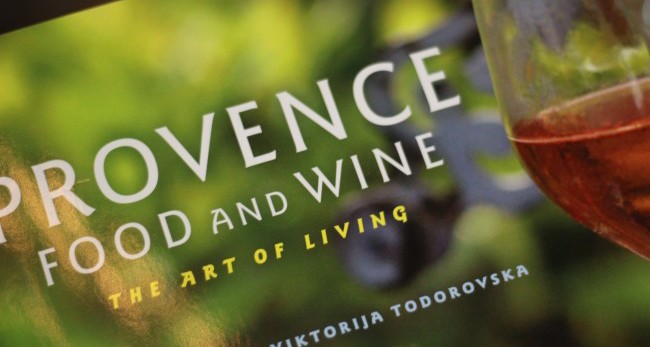A wine tasting in the afternoon may not be included in our everyday activities, but once in a while it’s just calling our name. Such was the case last week when the Provence wine council came to Miami
and hosted a private luncheon at The Cypress Room to highlight the wines of Provence, particularly rosés, to a group of media and industry professionals.
We drank, we ate and enjoyed an informational session on Provence rosé and learned about why it continues to gain popularity in both France and the United States.
Although we enjoy our rosé and learn about it on a fairly regular basis, we know that not everyone is like that, so we thought that a little intro into Provence rosé would be appropriate. And at that, we present you with 10 facts to know about Provence Rosé.

10 facts to know about Provence Rosé:
- Provence, situated on the Mediterranean in the South of France, is the world’s largest wine region specializing in AOP rosé wine.
- Provence is also the oldest wine growing region. It was developed nearly 2,600 years ago when the Greeks first brought wines and vines to the Marseille area.
- The U.S. is the number one importer for Provence rosé.
- Rosé wine is made from red grapes. Instead of letting the grape skins soak throughout fermentation, producers of rosé wines only let them the grapes have skin contact for a brief period, before draining the grapes.
- 10% of the world’s wine production is rosé, with France being the largest producer.
- Rosé wine should be served at 45-50 degrees Celsius.
- Dry Provence rosés are praised as being diverse, complex and food friendly and suitable for almost every cuisine.
- You can get a really good bottle of rosé for between $10-$20.
- The growth of rosé wines from Provence to the U.S. has grown 53% in volume and 70% in value over the last year.
- For a fun fact — Provence rosé’s most famous estate-owners are Brad Pitt and Angelina Jolie who have partnered up the famed Perrin family, of Château Beaucastel in Chateauneuf-du-Pape, to produce their Miraval Estate Rosé.
